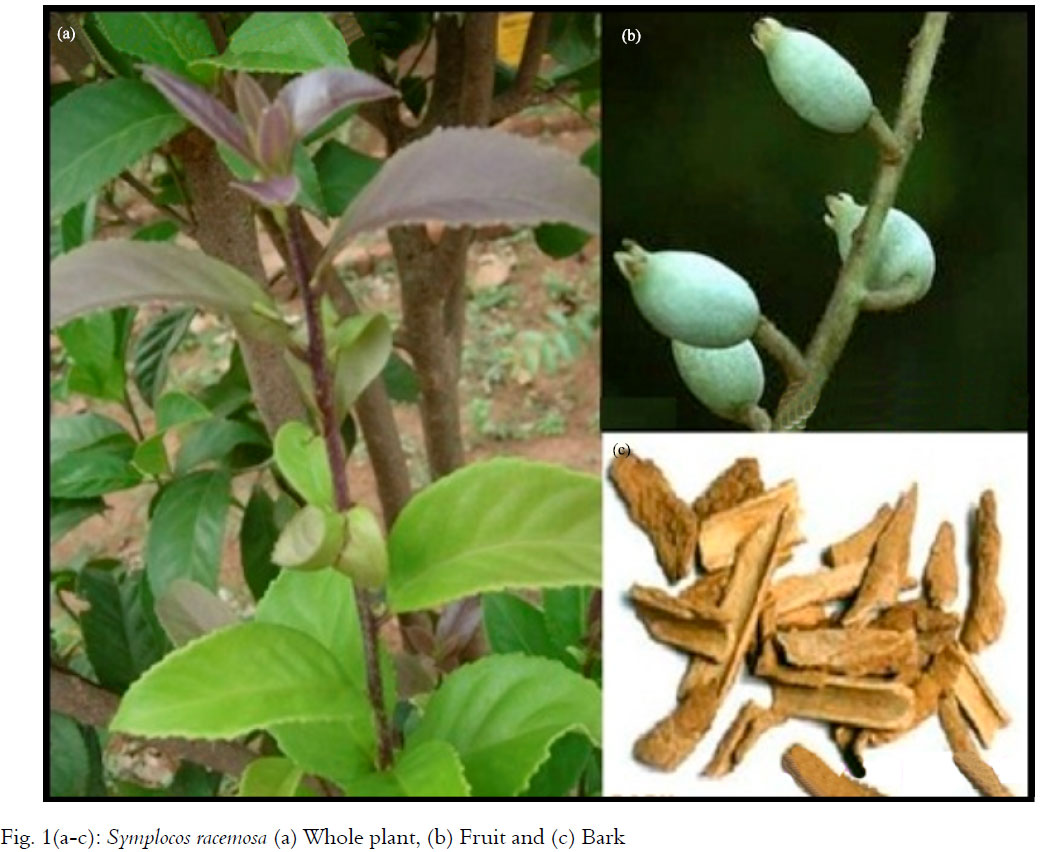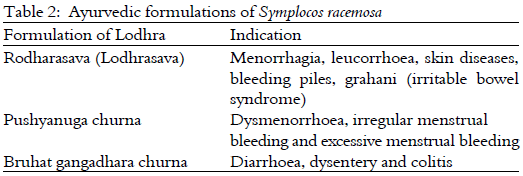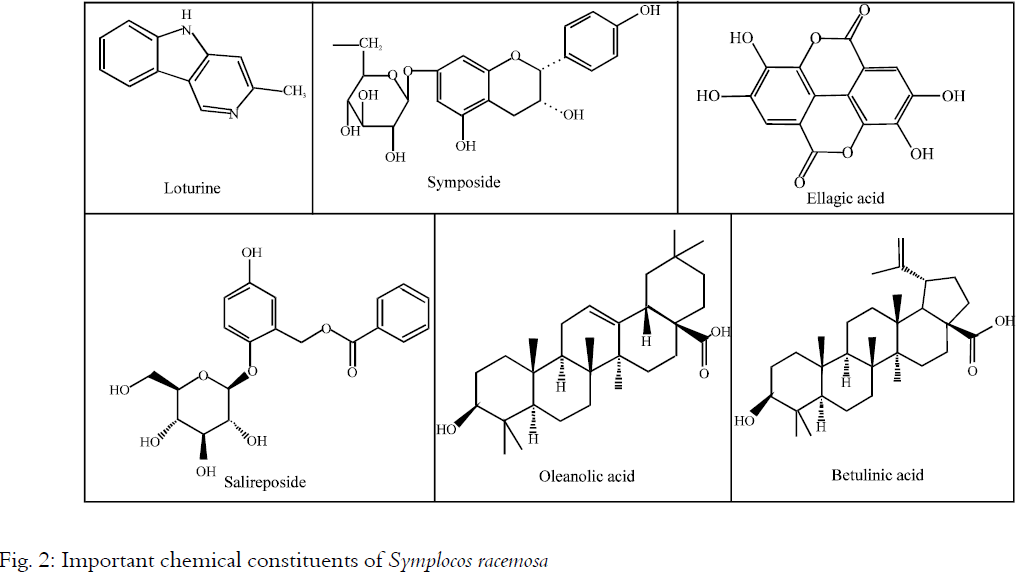Review Article
Phytopharmacological Profile of Symplocos racemosa: A Review
Research and Development Center, Ari Healthcare Pvt. Ltd., Unit No. 401, International Biotech Park, BTS 2 Building, Chrysalis Enclave, 4th floor, Plot No. 2A, MIDC Phase II Hinjewadi, Pune, 411 057, India
Dheeraj H. Nagore
Research and Development Center, Ari Healthcare Pvt. Ltd., Unit No. 401, International Biotech Park, BTS 2 Building, Chrysalis Enclave, 4th floor, Plot No. 2A, MIDC Phase II Hinjewadi, Pune, 411 057, India
Sanjay U. Nipanikar
Research and Development Center, Ari Healthcare Pvt. Ltd., Unit No. 401, International Biotech Park, BTS 2 Building, Chrysalis Enclave, 4th floor, Plot No. 2A, MIDC Phase II Hinjewadi, Pune, 411 057, India












